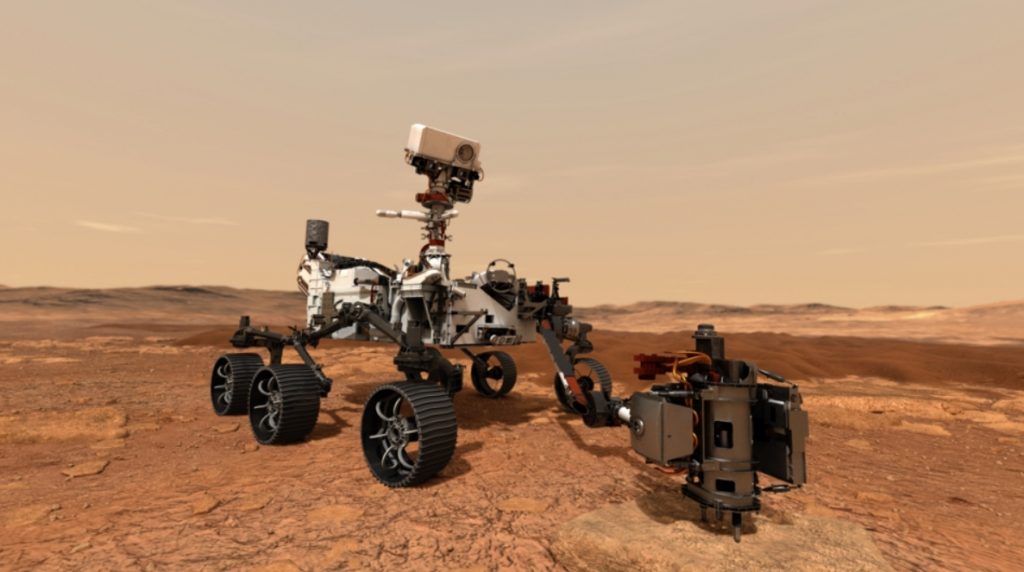Washington: NASA has approved the Mars Sample Return (MSR) multi-mission effort to advance to the next phase in preparation to bring the first pristine samples from Mars back to Earth.
During this phase, the programme will mature critical technologies and make critical design decisions, as well as assess industry partnerships, NASA said Friday.
The first endeavour of this campaign is in progress as the NASA’s Mars 2020 Perseverance rover, launched in July, is set to land on the Red Planet February 18, 2021.
The car-size rover will search for signs of ancient microbial life.
Using a coring drill at the end of its robotic arm, Perseverance has the capability to gather samples of Martian rock and regolith (broken rock and dust), and hermetically seal them in collection tubes.
Perseverance can deposit these samples at designated locations on the Martian surface or store them internally.
In the next steps of the MSR campaign, NASA and the European Space Agency (ESA) will provide respective components for a Sample Retrieval Lander mission and an Earth Return Orbiter mission, with launches planned in the latter half of this decade.
The Sample Retrieval Lander mission will deliver a Sample Fetch Rover and Mars Ascent Vehicle to the surface of Mars.
The rover will retrieve the samples and transport them to the lander.
The Perseverance rover also provides a potential capability for delivery of collection tubes to the lander.
A robotic arm on the lander will transfer the samples into a container embedded in the nose of the Mars Ascent Vehicle.
Once sealed, the system will prepare for the first launch from another planet.
In Mars orbit, the Earth Return Orbiter will rendezvous with and capture the sealed sample container, and then place the samples in an additional high-reliability containment capsule for return to Earth in the early 2030s.
“Returning samples of Mars to Earth has been a goal of planetary scientists since the early days of the space age, and the successful completion of this MSR key decision point is an important next step in transforming this goal into reality,” Thomas Zurbuchen, Associate Administrator for science at NASA Headquarters in Washington, said in a statement.
Bringing Mars samples back to Earth will allow scientists across the world to examine the specimens using sophisticated instruments too large and too complex to send to Mars, and will allow future generations to study them using technology not yet available.
Curating the samples on Earth will allow the science community to test new theories and models as they are developed, much as the Apollo samples returned from the Moon have done for decades.
The Mars Sample Return campaign also advances NASA’s efforts to send humans to the Red Planet, NASA said.
IANS
